Levi's will start using a laser for making jeans. How it will work
It was recently announced that Levi's is going to stop hand-crafting jeans, and instead will start using robots with lasers. They will create scuffed and scuffed effects, and the only people involved in the process will be a designer who creates the look of jeans in a program similar to Photoshop, and several employees bringing work pieces under the laser.
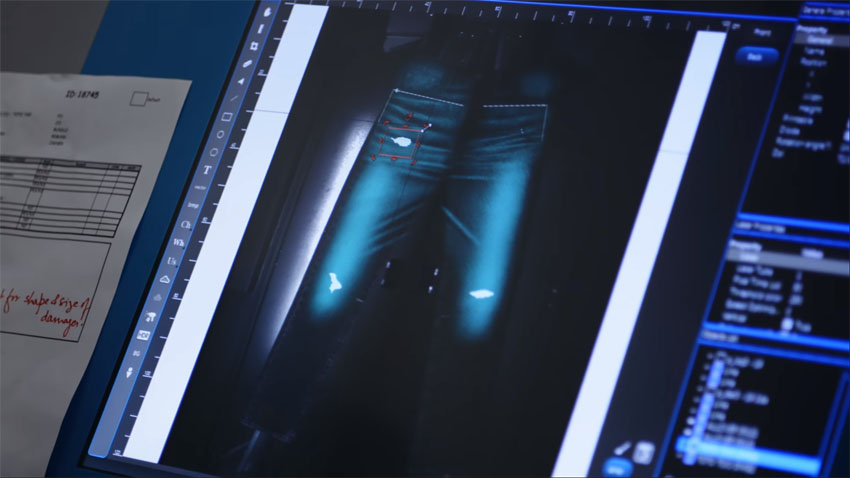
The purpose of such radical changes is to reduce the amount of chemical emissions into water and the atmosphere, reduce the cost of production and speed up the process of creating jeans. According to Levi Strauss Chief Executive Officer Chip Berg, who led the company in 2011, the use of lasers is the future of jeans, and soon other manufacturers will begin to switch to this technology. But how will it work, and what to do with people who have less and less space in factories?
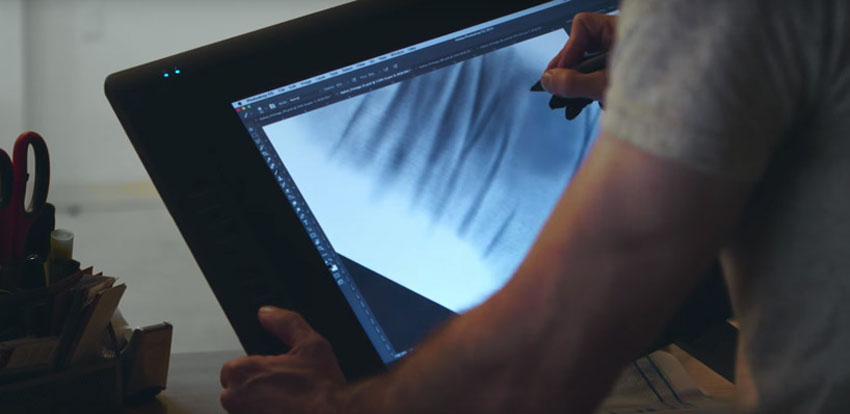
In the name of modern fashion, manufacturers have to “age” (and in the opinion of many - to spoil) completely fresh jeans. Otherwise, the modern buyer will not buy them, considering it too dull. A simple monochrome clean billet will be bought except as a uniform for the janitors or as part of overalls for the workers at the factory. Therefore, each pair of jeans is treated with chemicals and manually tortured — they tear, rub, and so on. In the 90s, sandblasting was used to create a “worn” look. Then came sprays of permanganate and other chemicals that are extremely harmful to the lungs. And after that, the fabric had to be manually polished - with fresh paint. All this is not the best impact on the health of employees in the enterprise.
Nobody wants to be known as “the company that has hundreds of workers a year earn silicosis”. Especially Levi's, positioning itself as the most old school, kind, trash and real. Therefore, from now on, the main manufacturer of jeans in the USA is introducing a new technology that will “age jeans without harm for workers”. All work will now perform lasers.

')
Digital technology will allow "ethical" to create a design of jeans, almost completely replacing manual labor. It is called Project FLX (from Future-Led Execution). First, a photograph of the “necessary” jeans is taken - those whose appearance I want to replicate. Then it is illustrated in a special program. The photo shows the objects showing the laser what to do here, and what the texture should be at the output. And then the laser in 90 seconds turns any piece into an exact copy of the original, right up to each scuff.
Take, say, authentic old worn jeans, and then with a laser "copy" their texture to new models in order to achieve the same look. Previously, the procedure manually took from 8 to 20 minutes. The laser allows you to reduce the process ten or more times. “Boring” by modern standards, single-colored models without textures and features after one pass turn into trendy youth things.
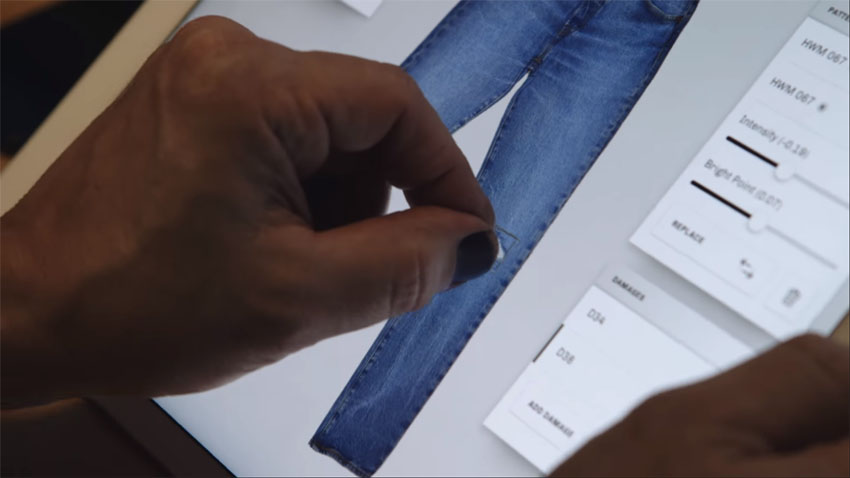
The project deals with Bart Sites, Levi's Vice President for Technical Innovation. Under his control is the center of Eureka Innovation labs, in which the system is created to create an instant jeans design. He says that in the last 30 years in the clothing industry, almost all the final processing had to be done manually. When creating jeans, these are stages 18-24, during which a person is confronted with chemistry and abrasives, and then the same substances go into rivers and the atmosphere. Now Levi's has launched a program “zero hazardous chemicals by 2020”. According to Barth Sites, thanks to new technologies, it is quite possible to reduce the use of chemicals when creating denim from a few thousand to a couple dozen. And from 24 stages of manual processing there will be a maximum of 3. The robot with the laser will take over the rest.
The laser uses infrared radiation to “scratch” the top layer of denim on a microscopic level, creating a characteristic white “wear and tear”, scuffs, holes and so on. The idea is fundamentally not new, many other companies that create jeans have been using lasers for 10-15 years. But those have low resolution, and they can only create coarse details. Eureka labs with its system makes "laser" jeans absolutely realistic, it was impossible to distinguish them from those whose design was created by manual processing. Their lasers are able to adjust the color of the fabric, make tears in the clothes, holes and the smallest scuffs.
Now it is enough to create a blank for the laser in electronic form, to actually “draw” jeans, as in “Photoshop”. Then you can immediately send the project to all factories, and instantly begin production. Previously, half a year passed from the creation of a concept (with its worn, porousness, textures, colors, drawings, etc.) to the mass production of jeans. Now the whole process will take several weeks. This time is necessary to create a sufficient number of blanks.
Levi's says that they are going “all in” with this new scheme of work, and they are going to introduce it in all their enterprises in order to get rid of manual labor. This is a huge investment in thousands of cars, and practically only Levi's, with its revenues of $ 4.9 billion, can afford such a scale. By 2020, according to Bart Souts, the system will operate in all factories of the company.
In the future, Levi Strauss expects to simply supply contractors with jeans of three basic shades - light, medium and dark. And those on the spot with the help of a laser will reproduce on them about a thousand different design options. Moreover, it will be possible to look at what is selling well now, and change the factory production on the go. Today there are not enough dark jeans with two breaks on the knees, and tomorrow - light ones with a floral pattern below the pockets. The laser is the same as cutting.
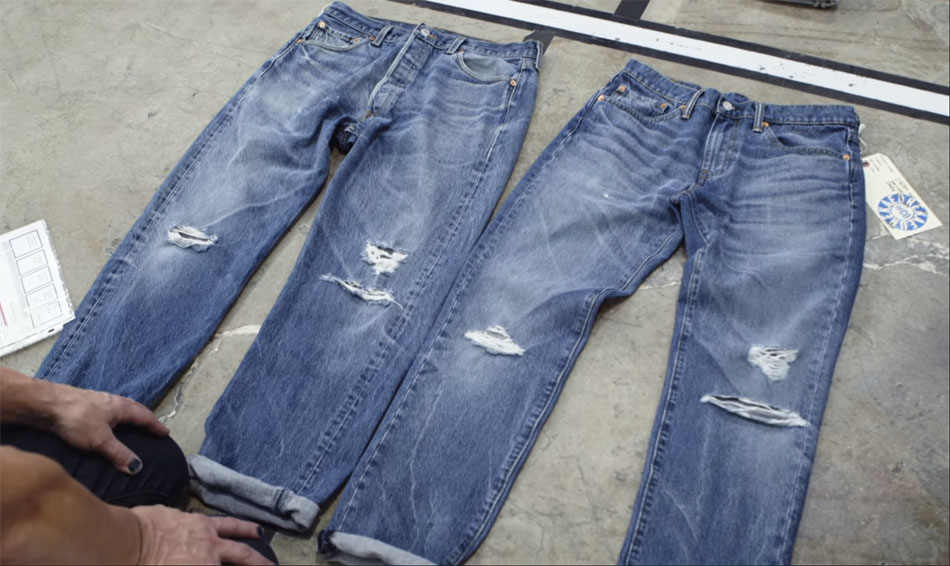
On the left - jeans, created with a laser. Right - the original
This line is already in operation in Nevada, where Levi's designers are now sending digital files that serve as the basis for creating the final decor with robots. Further scaling to factories in Mexico and Bangladesh is expected.
As a rule, other manufacturers follow Levi's. The company is one of the innovators on the market for more than one hundred and thirty years. She was the first to use denim in clothes - only this fabric was strong enough for workers in gold mines in California. She was also the first to patent blue pants with buttons fastening pockets (in 1873, it is believed that these were the first jeans). The first zipper, the first jeans for women ... It can be expected that many major jeans manufacturers will soon also begin to abandon manual labor. This is less work for poorer countries where Levi's factories are located.
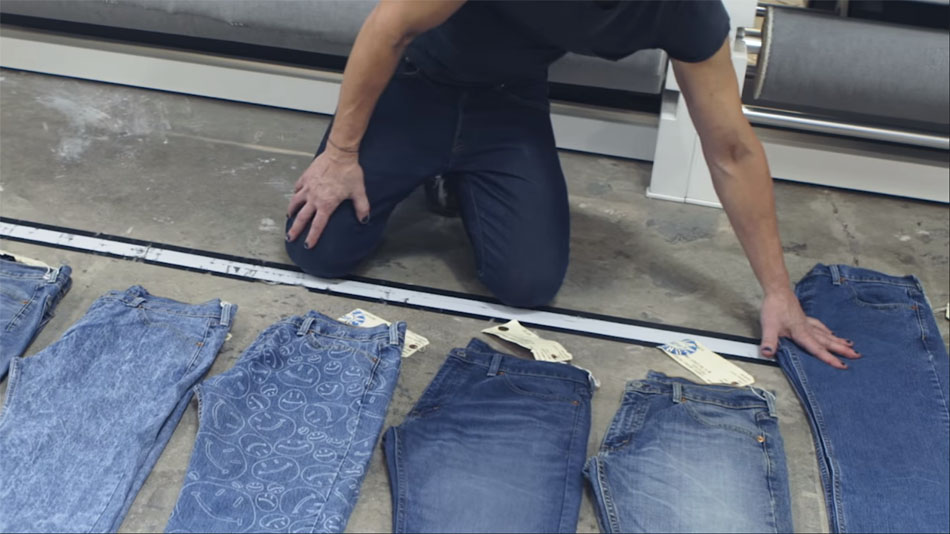
On the right - the base (blank), on the left - the jeans that the laser cut from it
Levi's says her new technology will “rethink jeans.” Bart Sites said that "this is a unique opportunity that comes only once in a company's life." At the same time, if everything goes according to plan, by 2020, Levi's will fire almost a third of its employees, and replace them with laser robots. People will not suffer from chemicals in the workplace, but their earning potential will be reduced.
PS Levi's jeans, as well as almost all clothes and shoes in general, are much cheaper to buy in America. The same jeans in the Russian and American versions of the Levi's store cost very different amounts. Compare yourself. For example, Levi's 501 Original Fit in Russia costs 6,700 rubles ($ 116), and in the States - $ 59.5 (3,400 rubles) . The difference is almost doubled. Although, in our opinion, it is even easier to take such clothes on Amazon , where Levi's has its own section. There, prices generally start at $ 17.
And you can buy and bring any goods from America with Pochtoy.com for only $ 8.99 (for 0.5 kg). If you register by the link and enter the GEEKTIMES code, $ 7 will be credited to the user's account.
Source: https://habr.com/ru/post/371367/
All Articles